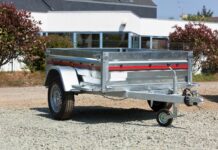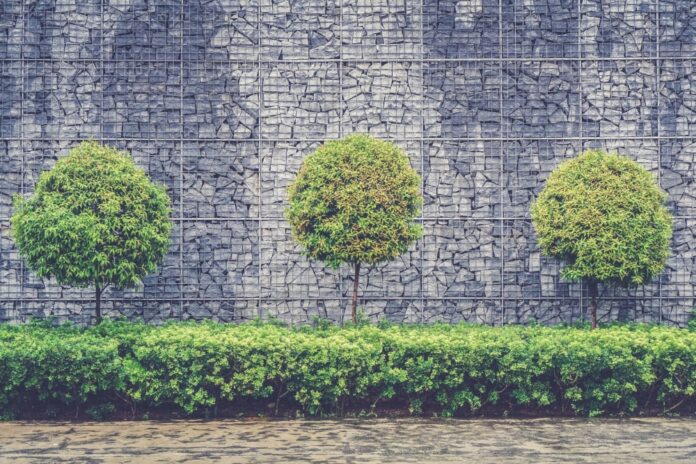
Space limitations make today’s construction more challenging than before. To allow new structures and buildings to rise, developers utilise retaining walls. In the construction industry, a retaining wall is a structure or wall that holds back stone, earth, silt, etc. They are particularly used on sites that are not level and convenient for new construction.
From roadway overpasses to hillside farming, various retaining walls are used in different ways. Learn more about the types of retaining walls below.
Types of retaining walls
Consider the following types of retaining walls for your next construction project:
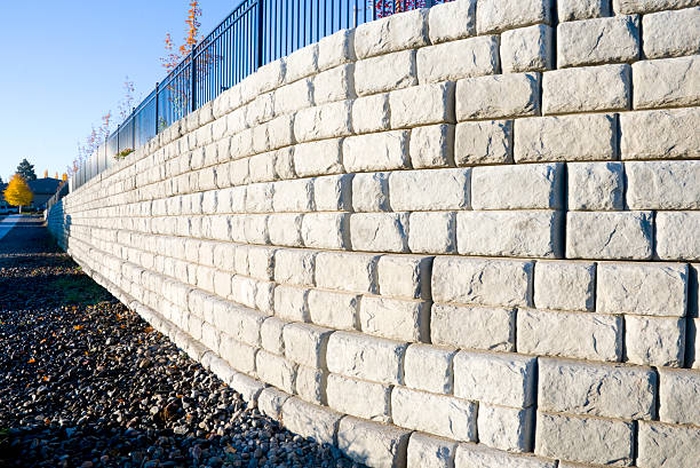
Gravity wall
This type of wall might be the easiest retaining wall to design. Gravity wall utilises its weight to retain the earth. It doesn’t rely on any reinforcement other than its weight, differentiating it from other precast retaining walls. You can assume that this retaining wall requires big foundations as each block is incredibly heavy.
Nowadays, developers often use taller retaining walls like composite gravity walls, such as geosynthetics or precast facing. Gabions are also often used. These are steel wire baskets stacked together with rocks inside. Other types used are crib walls.
Cantilever retaining wall
A cantilever retaining wall is a reinforced retaining wall ideal for heights above 7 meters. The vertical stem of this wall is monolithic with the base. The steel reinforcement resists the tensile stresses inside the base and the stem. In this retaining wall, a slender section can be utilised.
When a small backward batter in the wall’s slope appears, around 1 in 50 is given to recoup for even the slightest forward tilting.
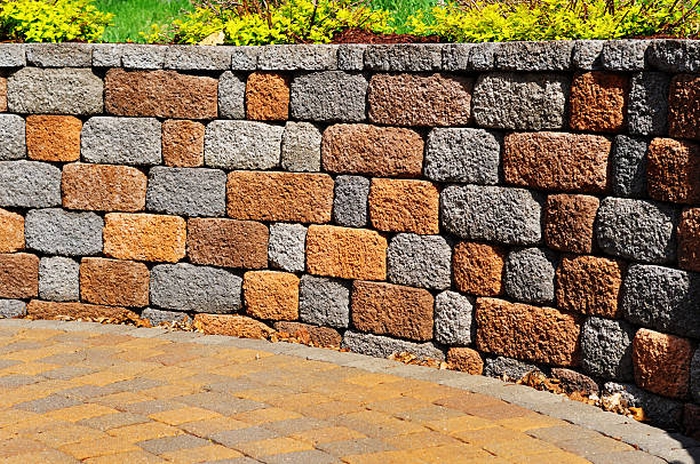
King post retaining wall
This retaining wall system is versatile and is easy to install. Developers can attach them with steel plates and bolts to the outside face or into a steel column’s web. King post retaining walls are best to use in portal frame buildings. There is no need for additional support under the panels as they are directly placed above the pad foundations.
In a king post retaining wall, the weight, size, and kind of universal column or universal beam required will vary. The retained material’s density, as well as any additional surcharges that may be put to the wall, will decide these parameters. Developers choose from different steel foundation designs: base plate, mass concrete, or auger to bolt the steel to pad foundations. Learn and click here for more information on king post retaining walls.
Green retaining walls
For gentler slopes, developers use green retaining walls. They are efficient for containment and a sustainable alternative for geotechnical stabilisation of slopes. Most of all, they give off a natural look and higher aesthetic appeal.
There are different types of retaining walls of this type. Also referred to as living walls or vegetated retaining systems, they encompass a variety of innovative approaches that merge the functional aspects of retaining walls with the aesthetic benefits of greenery.
One such approach involves Gabion Green Walls, which integrate wire mesh baskets with vegetation to prevent erosion and lend stability while fostering plant growth within the mesh pockets. Another technique is seen in Geo-Grid Walls, which utilize interconnected geosynthetic materials to bolster the soil, allowing vegetation to flourish amidst the reinforced structure. This not only provides support but also contributes to a harmonious blend of plants and architecture.
Reinforced Soil Slopes stand out where vegetation finds a home within reinforced soil layers. These slopes provide erosion control, structural support, and an appealing verdant appearance, transforming ordinary slopes into living canvases.Terra-Cotta Block Walls represent a porous approach, utilizing hollow blocks that facilitate plant growth. These blocks permit irrigation and aeration, nurturing the plants while upholding the wall’s stability.
Modular Planting Systems offer a creative assemblage of prefabricated units that create visually captivating green walls. These modular units accommodate diverse plant species, resulting in an engaging tapestry of colors and textures.
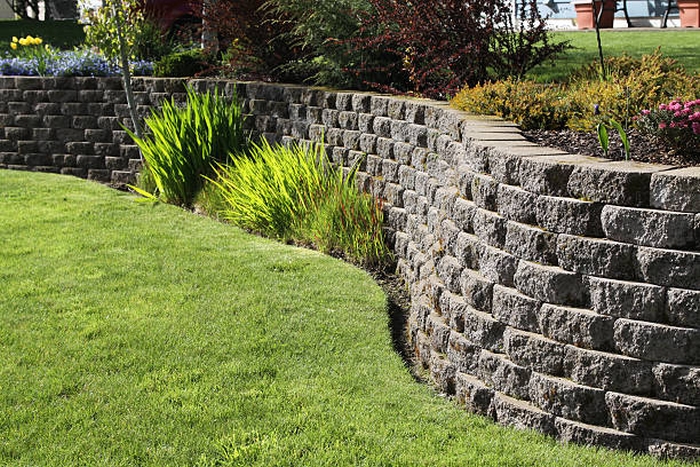
Barrette retaining wall
A barrette retaining wall is made out of rectangular reinforced concrete columns with the long axis pointing in the direction of retention.
Crib retaining wall
A crib wall comes with a row of boxes made of precast concrete, timber, or steel members and is filled with granular soils. This retaining wall is easy to erect and works as a gravity wall. Due to their flexibility, crib walls can withstand significant soil displacement. Crib retaining walls are ideal for walls with a maximum height of 7 meters.
Gabion retaining wall
This retaining wall is made from rectangular metal baskets or cages. It is constructed from a square grid of steel fabric that has a diameter of 5 mm and is 75 mm apart. Usually, the gabion baskets are 2 meters long, and their cross-section is 1 meter. Each basket has a centre diaphragm that divides the basket into two equal 1-meter sections and brings stability.
Gabion retaining walls are often placed around streams by a crane and are backfilled with soil to work as an erosion barrier. They are cheaper than cement or stone walls. Aside from that, they are used in military engineering as bulletproof walls as they are quick to erect. Below are the types of gabion walls with different usage and cost:
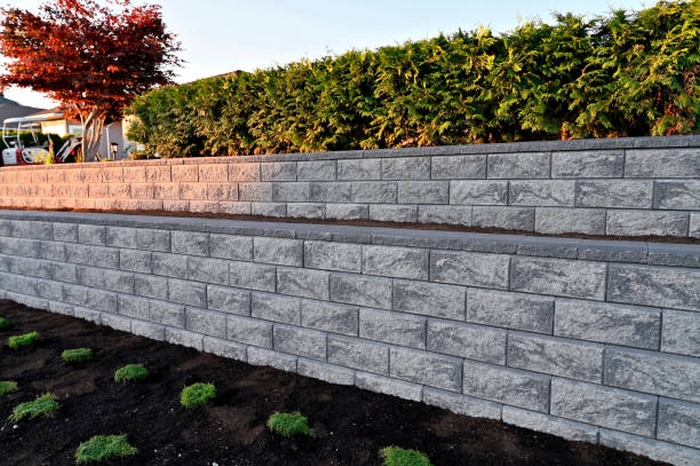
- Gabion basket. This gabion retaining wall is a pure wire mesh that appears like boxes. They are designed in different sizes used typically in railway and highway projects. It is cost-effective if mines are close to the project site or filler resources are available.
- Gabion sack. Developers choose this type of gabion retaining wall as they are quick to form. It is a flexible and porous structure, usually applied in hydraulic works during emergencies.
- Gabion mattress. The gabion mattress is shorter than other types. It is used to prevent corrosion by employing them in channel coating. They are able to do so as they withstand erosion-induced velocity and waves. Others call them reno mattresses.
- Gabion wire mesh. This type of gabion retaining wall is often used in highway and railway surfaces to prevent stone and rock from falling. Developers use them to maintain a slope’s stability, particularly those next to railways and highways.
Gabion walls do not require the installation of drainage pipes as they have natural drainage. They have enough strength and durability to withstand floor forces and earth pressures. Aside from that, they are not affected by water damage.
Sheet pile retaining wall
These are arrangements of interlocking piles pushed further into foundation soil individually. Modern sheet piles are made of wood, steel, or precast concrete sections. Each pile works as a short-term certificate wall pushed into an excavation or slope to prevent soft soils from collapsing.
Reinforced retaining wall
Reinforced retaining walls are employed in many geotechnical projects. They work as a reinforcement to prevent soil from crumbling down, which is a method used for centuries. The backing of a reinforced retaining wall is built by steadily increasing the tensile stress incorporated into the soil. Geotextiles and other high tensile strength reinforcing materials are applied to reinforce the wall.
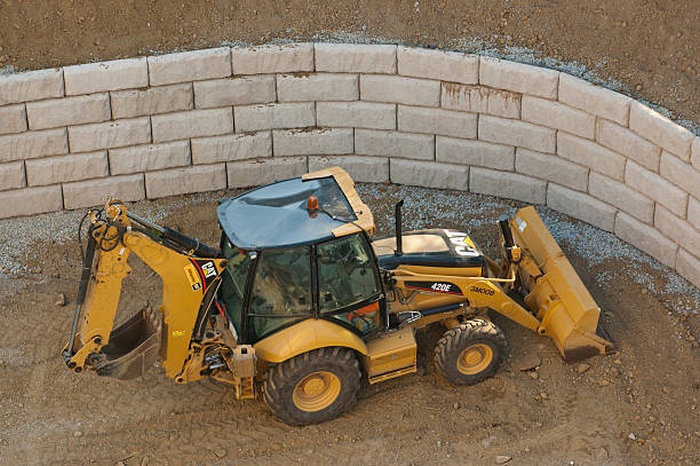
Conclusion
Overall, the general purpose of retaining walls is to prevent soil erosion. Each type of retaining wall is ideal for a particular application and has unique advantages. Consider the characteristics of each type of retaining wall carefully for your future development projects.






